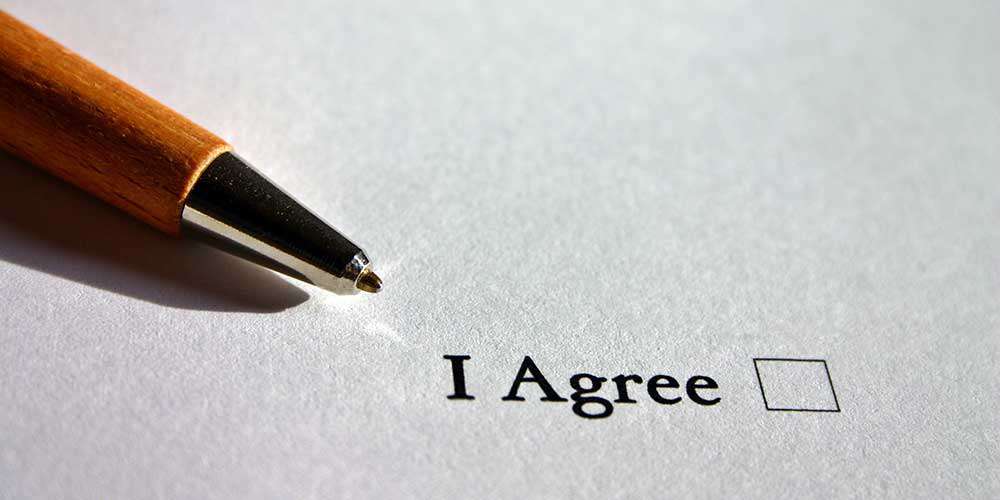Being conversationally fluent in two languages is a great thing when you want to chat with your new neighbor whose first language is your second language, but it doesn't mean that you can take on legal translation work when the need arises. Both books and movies have told the stories of real and fictitious scenarios made worse due to a linguistic oversight.
Millions of dollars have been won in malpractice lawsuits due to improper translation of a patients ailments and companies have had rebrand themselves in foreign markets due to a poor translation that was off-putting to locals in their new market.Legal cases are usually high-stakes and you only want the best when it comes to services associated with obtaining a favorable outcome in the case. Don't let your case be hurt with poor-quality or rushed translations; follow these best practices for having legal translation done in Hong Kong. Best Practices for Legal Translations
2. Provide a style guide and other necessary support documents.
1. Allow time for translations to be completed.
Overlooking the time needed for legal translation is one of the most common mistakes made when handling a case. It's easy to do since you have all the files in front of you. But you forget that they need to be translated. A speedy delivery time is important to all legal translation projects in Hong Kong, and while rush services are available, asking an already busy translator to complete your work faster than usual may result in sacrificed quality. Even if you're not ready to send your documents in, giving your translator a "heads up" will allow them to make room in their schedule for your project.
2. Provide a style guide and other necessary support documents.
Giving your translator a context-specific style guide that shows how you want documents translated will go a long way in minimizing back-and-forth communication and can save hours of revisions as the project nears completion. Additionally,
3. Create a detailed list of documents and exhibits.
To avoid delays and problems for your client's court case, you need to first get a full, detailed list of all documents and exhibits that you can present in court. Different courts have their own unique requirements on how documents are to be formatted, labeled and even how translations are to be certified. Failing to follow these procedures will likely present problems for the case. Your translator can then use this as a check-list as they complete parts of the project.
4. Clear guidelines on subcontracting.
Following these best practices for legal translations will give you the peace of mind knowing that you've given your translation provider the most essential things they need to complete the job properly and on time.
Hong Kong-based translation service, JDE Global provides a comprehensive translation
4. Clear guidelines on subcontracting.
Translation companies in Hong Kong have on-site translators, but also work with qualified subcontractors who help with overflow work during busy seasons. You'll want to find out if your project will be contracted out and what the terms and conditions are for having a subcontractor complete the work. If you agree to this, you'll want to know what the process is for requesting additional
Following these best practices for legal translations will give you the peace of mind knowing that you've given your translation provider the most essential things they need to complete the job properly and on time.
Hong Kong-based translation service, JDE Global provides a comprehensive translation


